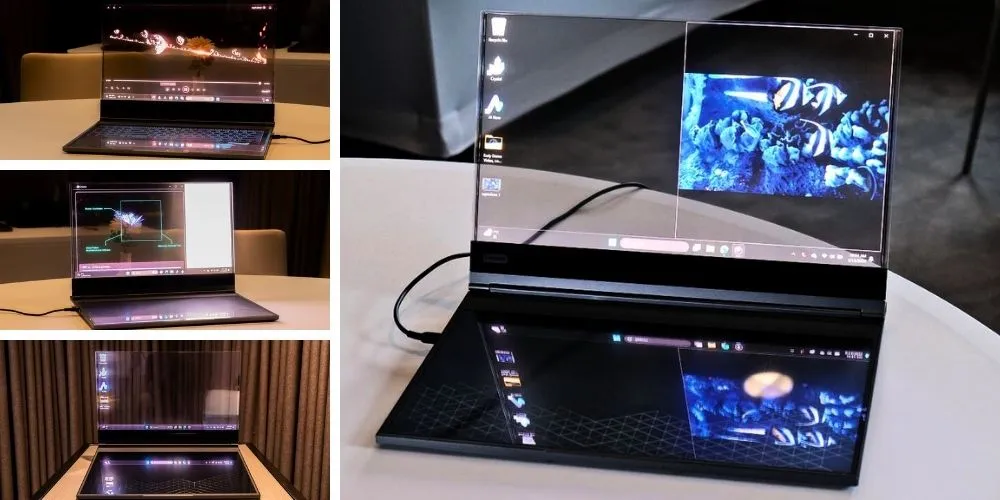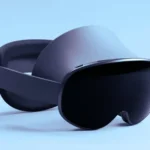Key Points:
- Lenovo’s ThinkPad division commissions the laptop to explore transparent microLED panels and AI integration.
- Project Crystal is not intended for retail; it showcases the potential of transparent microLED technology.
- A transparent microLED display allows for information sharing without physically flipping the screen.
- The laptop includes a rear camera, enabling augmented reality (AR) applications for object identification and overlays.
Lenovo has revealed its latest concept laptop, Project Crystal, featuring what is claimed to be the world’s first transparent microLED display. Although there are no plans to turn it into a retail product, Project Crystal showcases the potential of transparent microLED panels and AI integration.
Commissioned by Lenovo’s ThinkPad division, Project Crystal aims to explore the applications of transparent microLED technology in various settings. The transparent display allows for information sharing in locations like doctor’s offices or hotel desks, eliminating the need to flip the screen for others to view physically. Instead, users can reverse the display via software, making it visible on both sides.
The device incorporates a rear camera, opening up augmented reality (AR) application possibilities. For instance, the camera can identify objects, similar to Google Lens, and overlay diagrams or schematics on the transparent display for troubleshooting or repair purposes.
Project Crystal stands out for its innovative display and Lenovo’s effort in creating this concept. MicroLED displays, particularly transparent ones, are currently limited to high-end products like Samsung’s The Wall or Apple’s Vision Pro. Lenovo’s transparent microLED display is visually stunning, resembling ordinary glass when closed or turned off and transforming into a vibrant, illuminated screen. The display’s brightness reaches up to 1,000 nits, with peak brightness potentially reaching 3,000 nits.
The laptop’s design includes a touch-based keyboard, a departure from traditional keyboards reminiscent of Lenovo’s older Yoga Books. However, the touch-based keyboard faces challenges related to tactile feedback and accuracy. Lenovo suggests that future AI integration may address these issues by learning users’ typing habits to enhance accuracy.
While Project Crystal is an innovative exploration of display technology, it is still a work in progress. The laptop’s design includes only two ports and relies on a last-gen CPU. In essence, Project Crystal emerges as a solution seeking a problem, yet it contemplates the possibilities of emerging display technology and its potential integration into future laptops.









